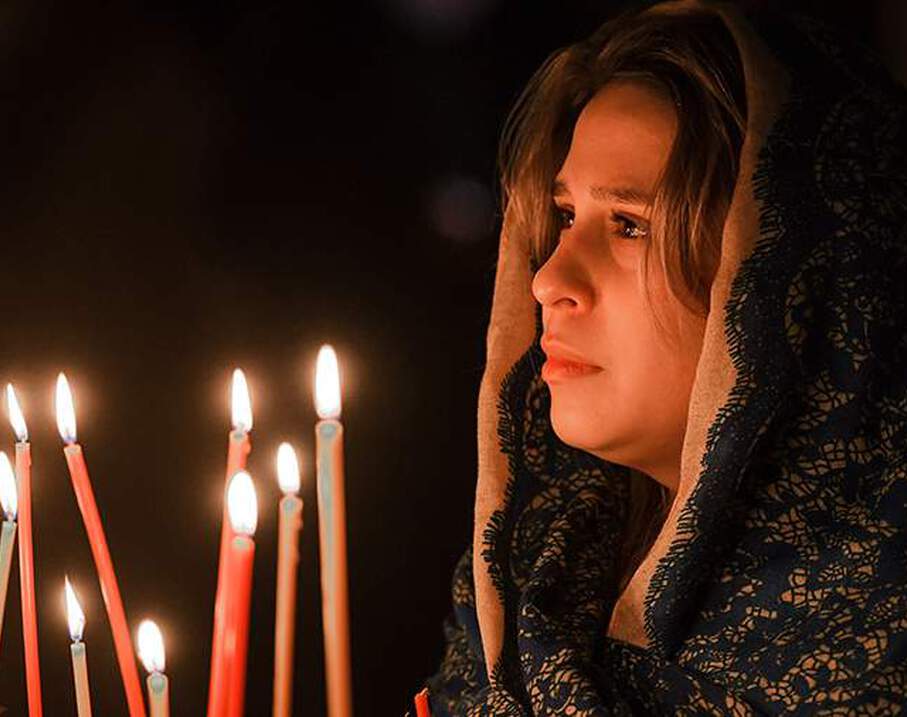
The Orthodox Church celebrates the feast of the Konevskaya Icon of the Mother of God on July 23rd. This holiday commemorates the miraculous image and its role in the founding of the Konevsky Monastery.
The history of the Konevskaya Icon is closely tied to the life of Saint Arsenius, the monastery's founder. According to church chronicles, he spent three years on Mount Athos, practicing fasting and prayer. Upon returning to Russia in 1393, he was given the icon by his spiritual mentor, who prophesied that Arsenius would someday become the abbot of his own monastery.
Saint Arsenius chose to build the monastery on Konevsky Island, located on Lake Ladoga. From the beginning, he believed in the sacred power of the icon. The icon became a symbol of the triumph of Orthodoxy over paganism after Saint Arsenius led a procession around a stone idol known as the "horse-stone" and drove away countless demons.
The Konevskaya Icon continued to work miracles even after Saint Arsenius' death. In 1573, during a Swedish invasion, the Mother of God saved the Konevsky Monastery from destruction. The invaders intended to loot the monastery, but a sudden storm revealed open water around the island, making it inaccessible. The Swedes left the monastery untouched.
The Russian-Swedish wars were a difficult time for the monks of Konevsky Monastery, who took the miraculous icon with them as they sought refuge in other monasteries. It wasn't until 1766, after Sweden's final defeat, that the monks were able to return to their monastery. However, the icon remained in Novgorod until 1799, where it was celebrated annually.
In the early 19th century, a church was built over the grave of Saint Arsenius, and the Konevskaya Icon was solemnly placed there. Several miraculous copies of the original icon were also made. Later, a service was composed in honor of the Konevskaya Icon, and the celebrations for Saint Arsenius and the icon were officially included in the church calendar.
During World War I, the Konevsky Monastery ended up in Finnish territory. In 1940, the brotherhood and the icon were evacuated to the Keitele community. Many Finnish Orthodox Christians came to worship the icon during this time. In 1963, the Konevsky Monastery was dissolved, and the Konevskaya Icon was moved to New Valaam Monastery, where it remains to this day.
The Konevskaya Icon of the Mother of God belongs to the Odigitria (Guide) type. Traditionally, this type of icon depicts the Mother of God with the child Jesus, who blesses with his right hand and holds a scroll in his left hand. However, the Konevskaya Icon deviates from this convention as it portrays a dove in place of the scroll in the hand of the Savior.
Like other icons of the Mother of God, the Konevskaya Icon is believed to intercede and offer help in various situations. Many believers pray for healing from illnesses, especially those related to the eyes. People also seek deliverance from harmful habits, possession, and mental disorders through the intercession of the Mother of God.

















